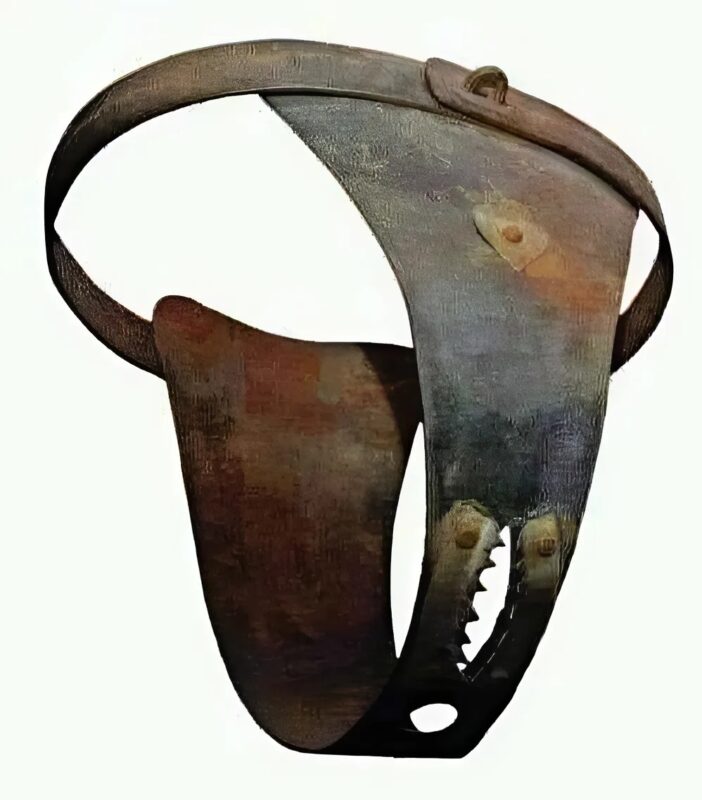The image is haunting: a metal contraption locked around a woman’s body, its key held by an absent husband. Chastity belts have long been portrayed as symbols of medieval control over women—but did they truly exist as commonly believed? The answer is more nuanced than popular culture suggests.
Despite their association with the Middle Ages, most physical chastity belts in museums are later reproductions, likely from the Victorian era. Medieval medical knowledge makes their widespread use improbable. Without antibiotics, prolonged wear would have led to life-threatening infections, and daily hygiene—already challenging—would have been nearly impossible. Some historians argue these devices were primarily symbolic, meant to enforce moral ideals rather than physical restraint.
Yet keys undeniably held power in medieval society. Noblewomen carried them as badges of authority, managing estates in their husbands’ absence. Men used them to protect treasure and secrets. The chastity belt myth, whether rooted in rare practices or pure legend, reflects genuine anxieties about virtue and control. It’s a reminder that history’s darkest tales often reveal more about societal fears than actual daily life.


